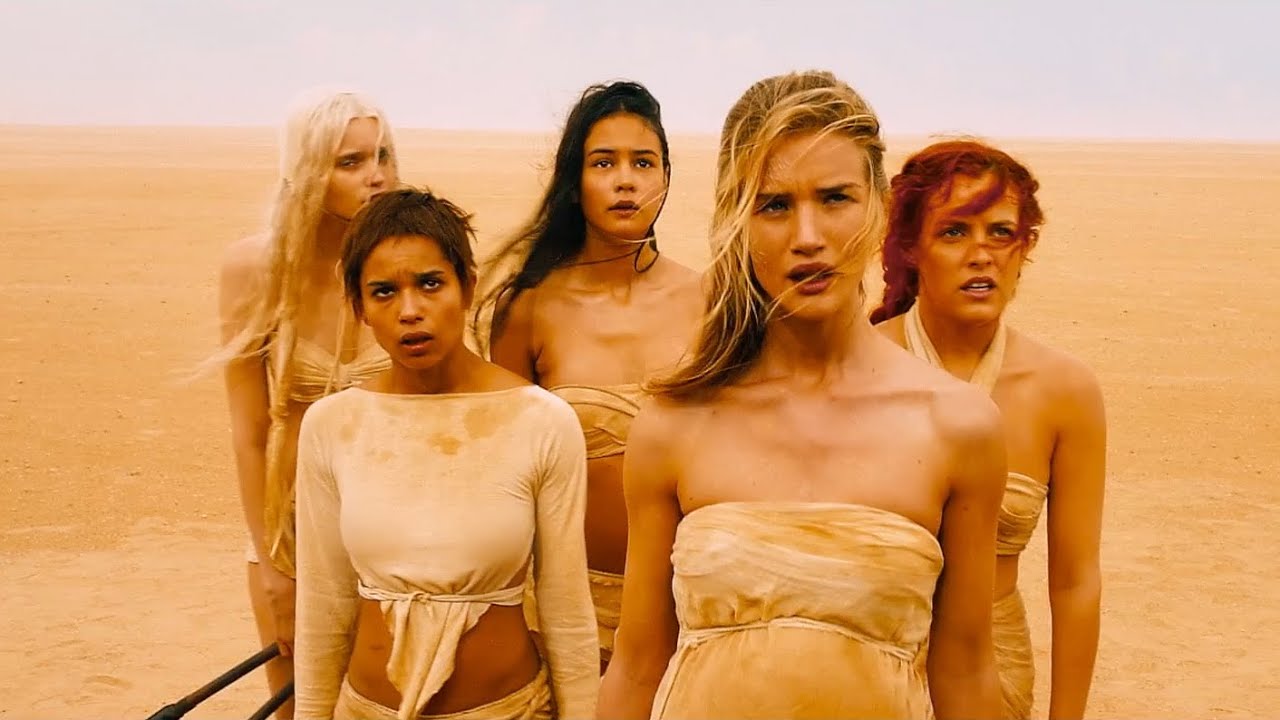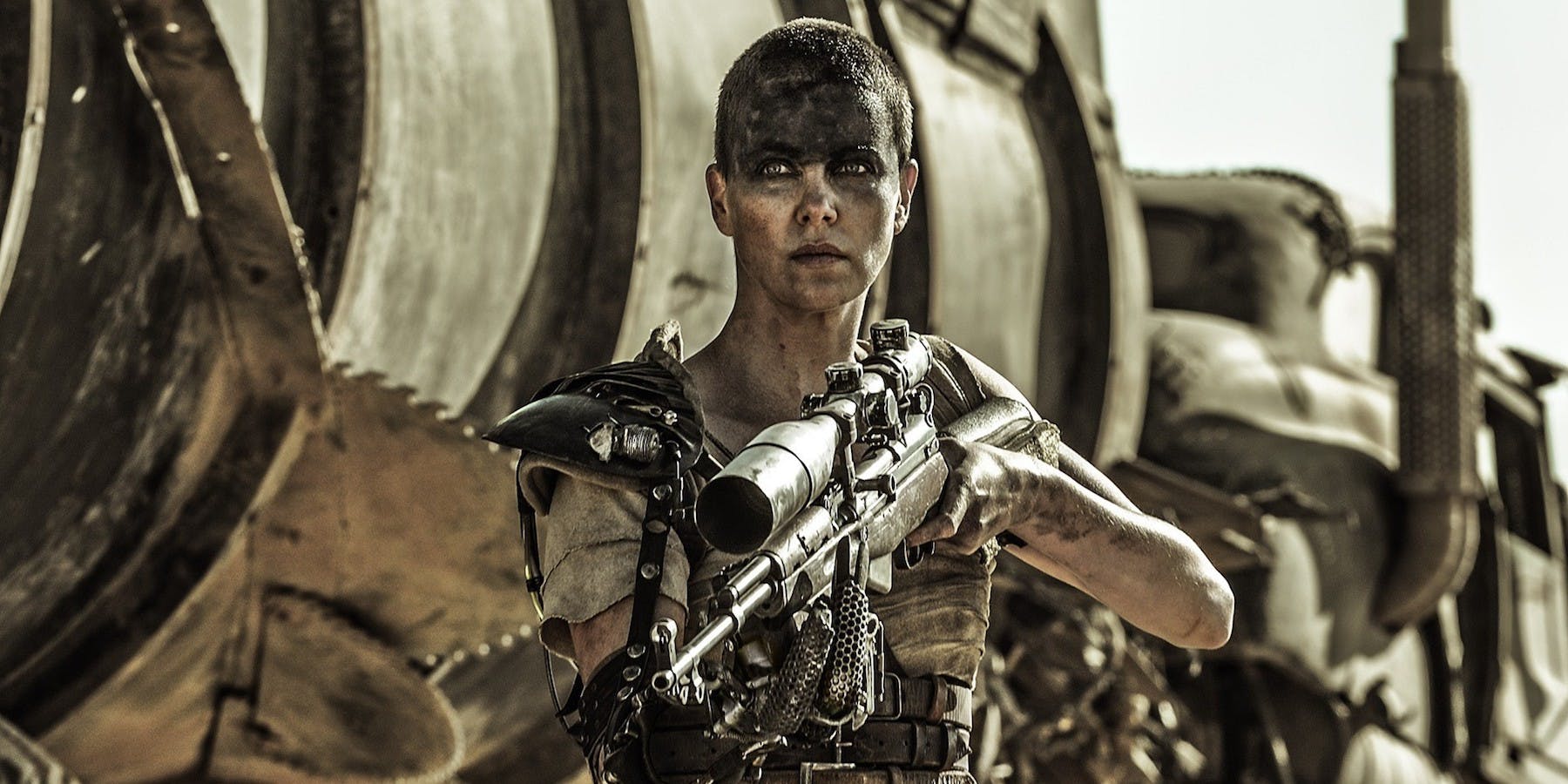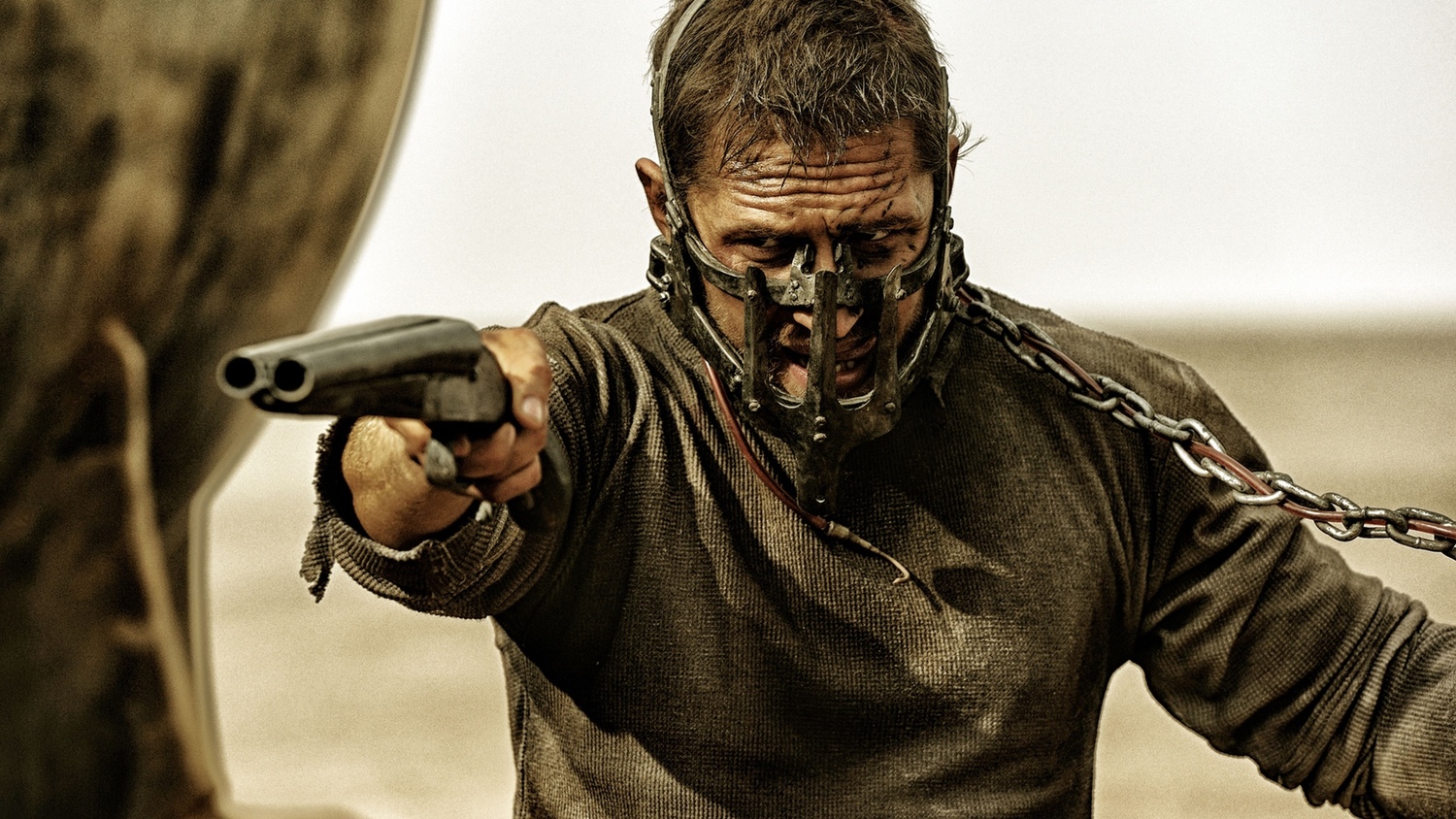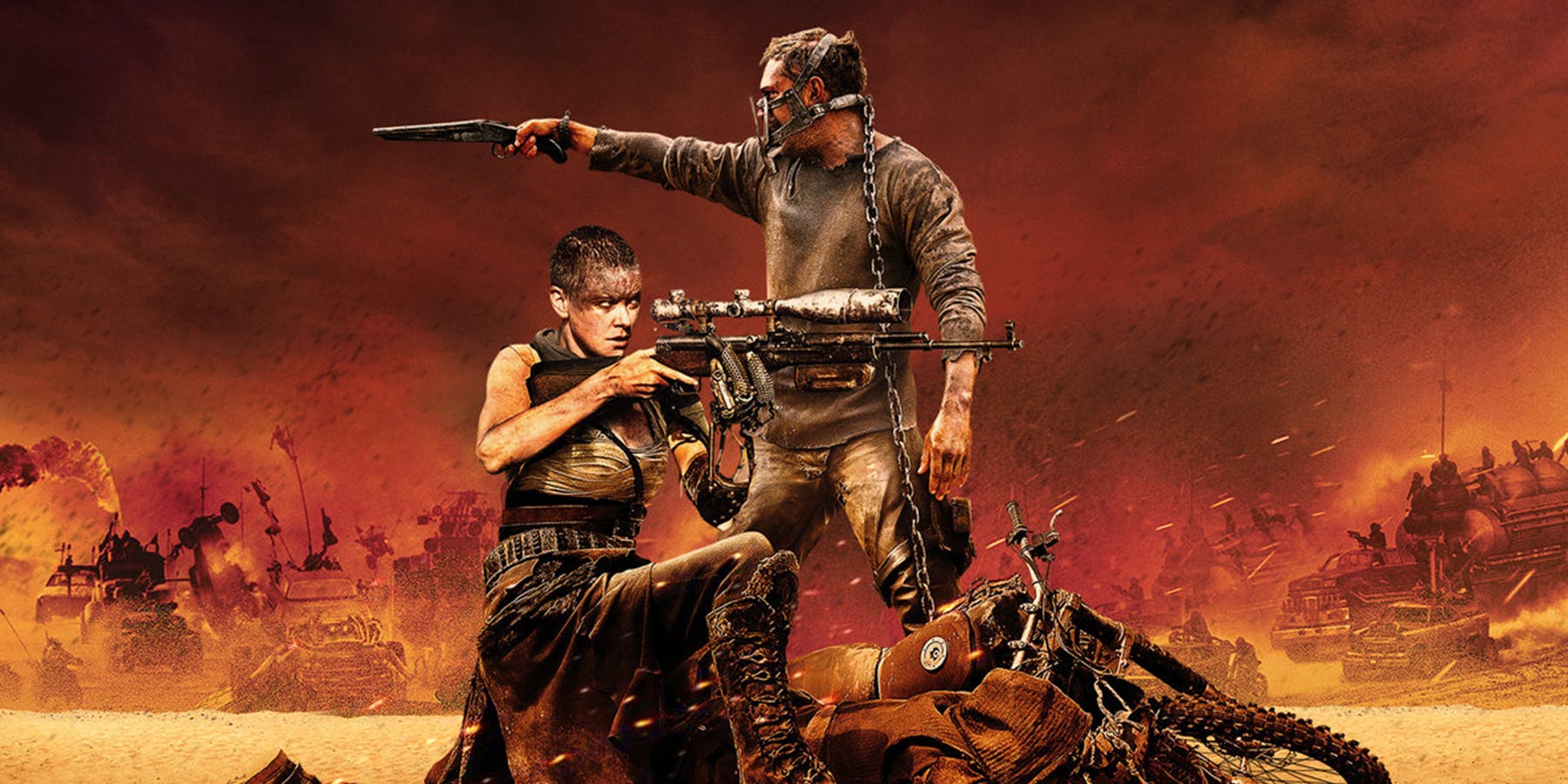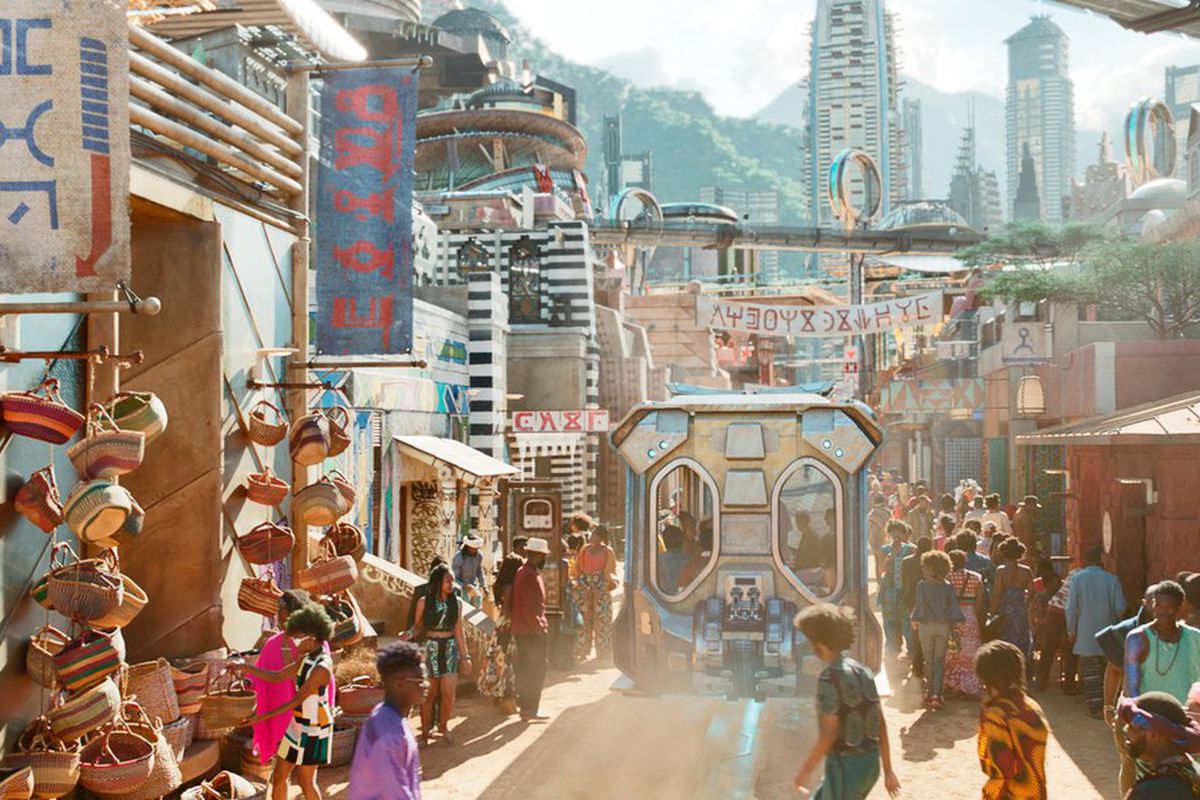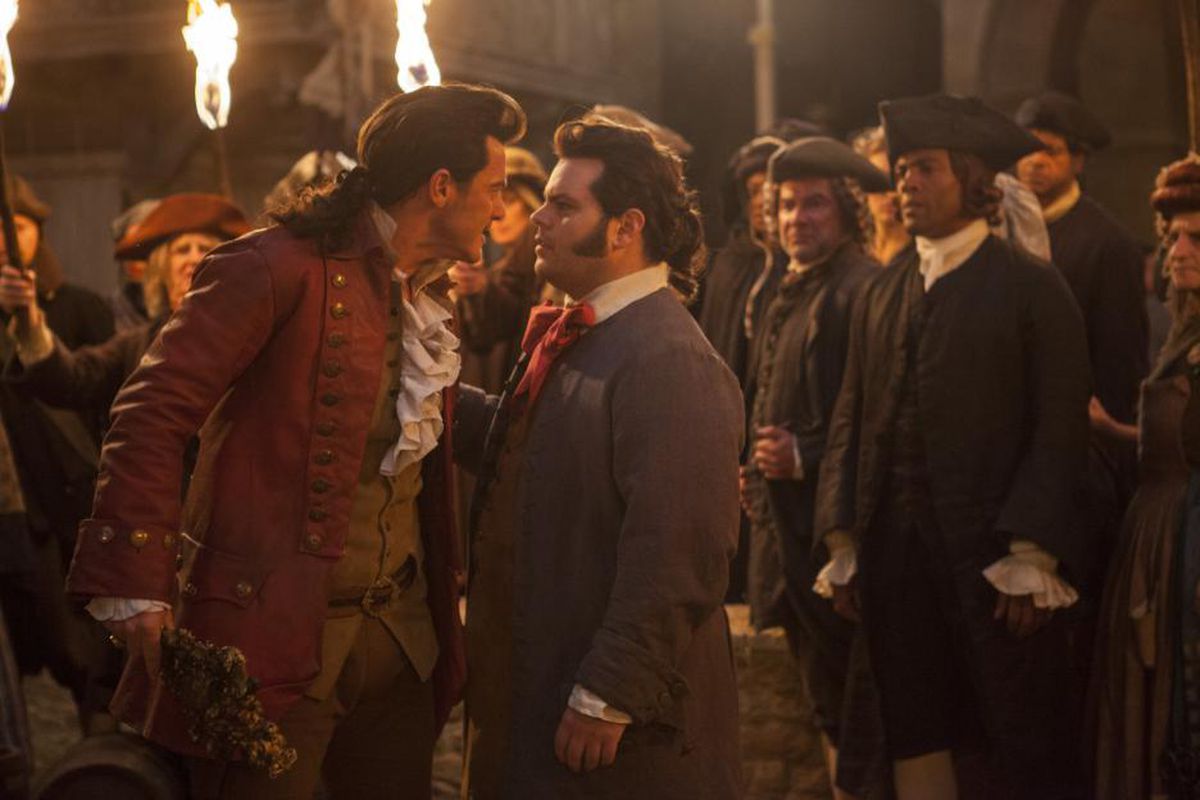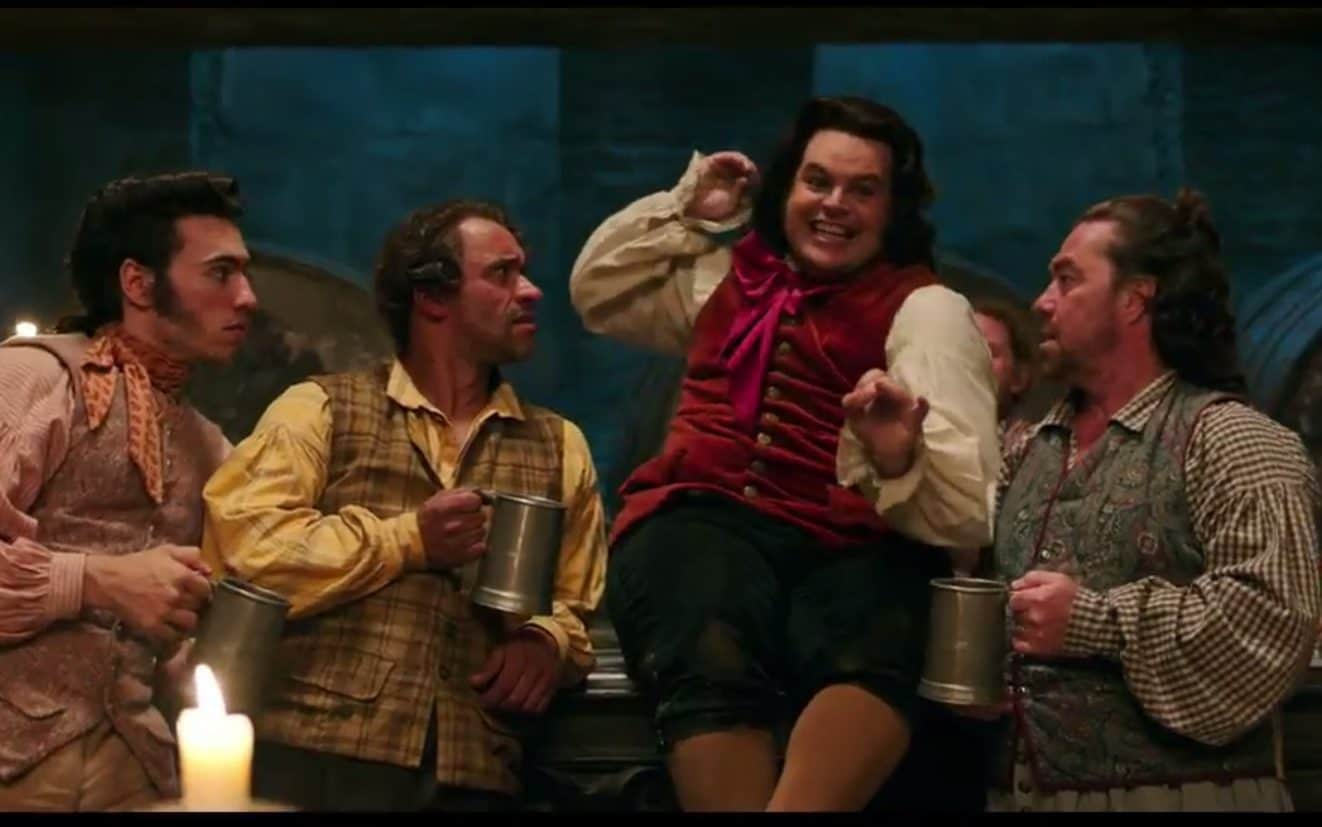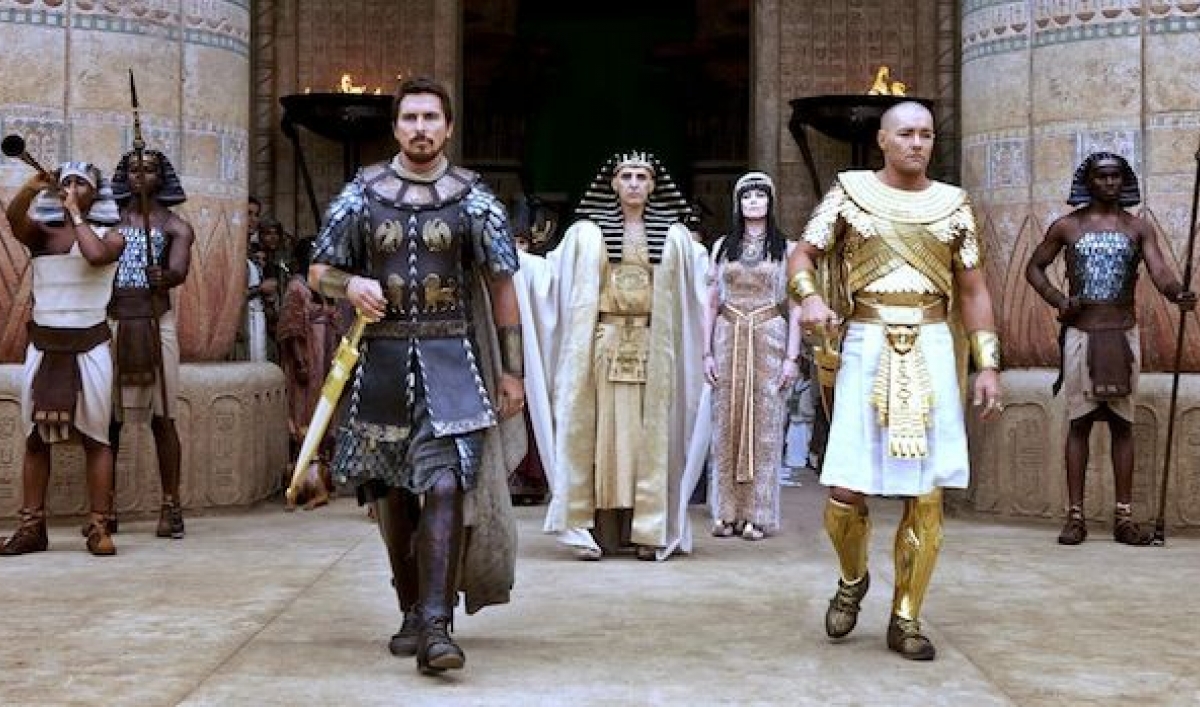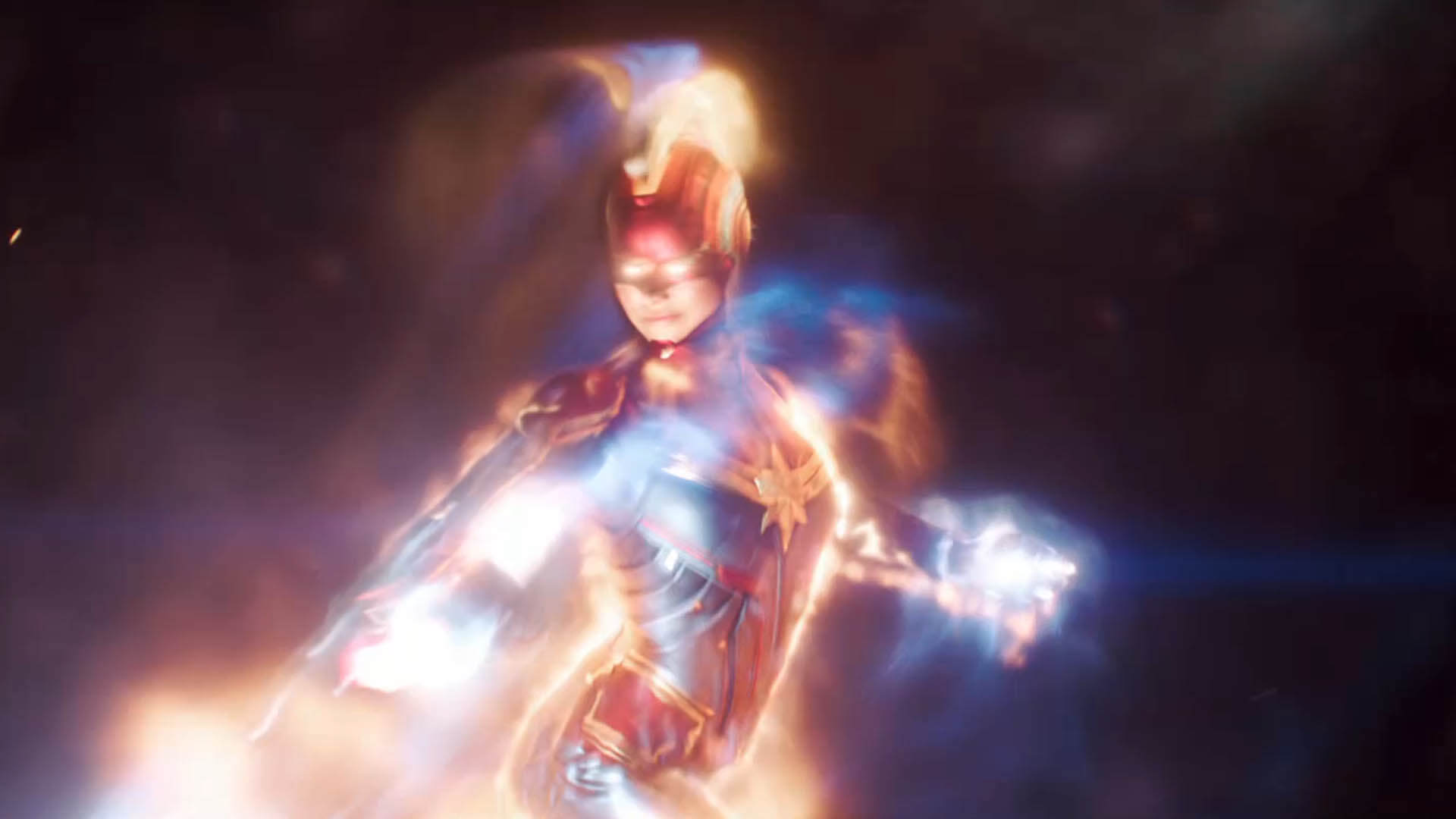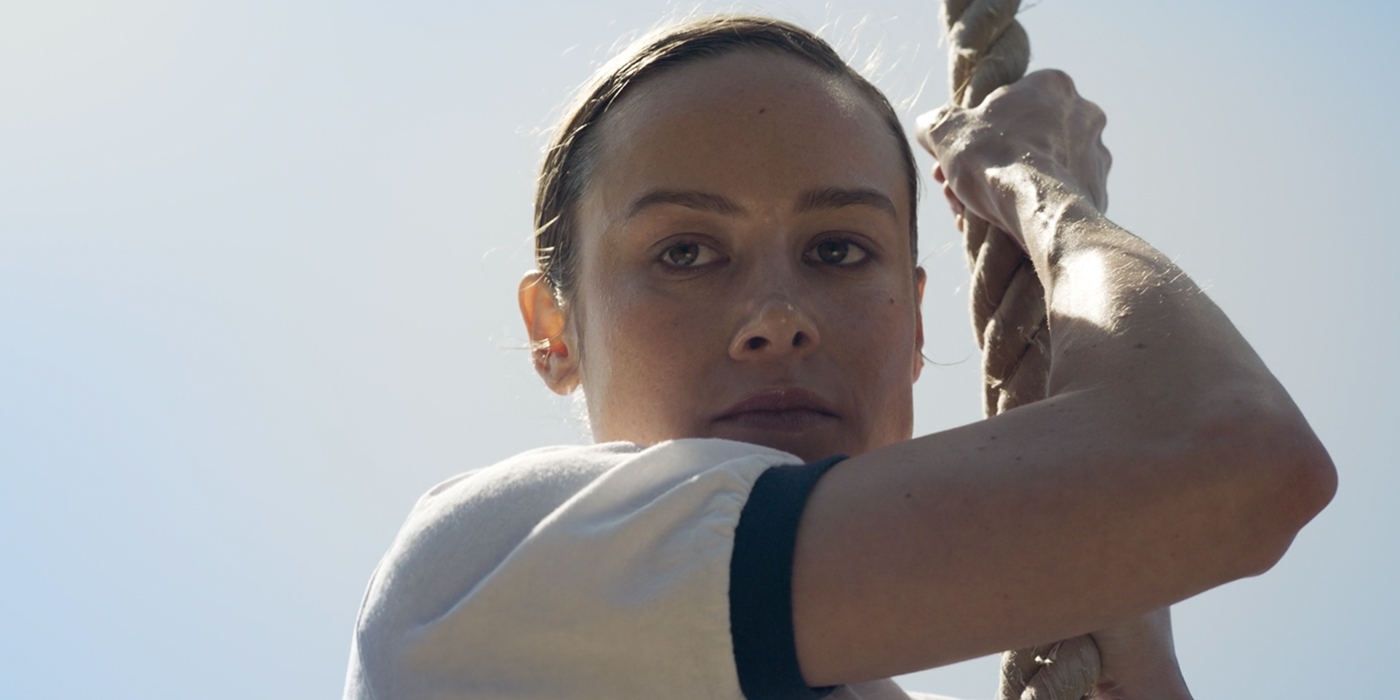That being said, so is labelling every concern and criticism against some choices on diversity in film as sexist, racist, homophobic and xenophobic. That is equally small-minded. At times it has even been deployed as a way to shut down any form of dissension by leveraging this growing wave of social progressivism against critics. So where do we stand on this issue? We without a single, solitary doubt stand for the idea that diversity in films should be encouraged. Who doesn’t want to see some Malaysian represent in mainstream cinema? Undoubtedly, there will always be those who will fight against for more representation in films. Nonetheless, representation in cinema is a topic worth at least discussing and if you’ll have us, we’d love to present a spirited and fair case in defense of diversity. Where it has indeed excelled and where it has faltered. Let’s dive in!
Context and Creativity
We shall we begin with a fairly innocuous statement: Mad Max: Fury Road is a cinematic masterpiece. So much of its brilliance is reliant on the film’s economy of time. It wisely ditches the notion of labyrinthian subplots and nostalgic callbacks for high-octane action ambitions as insane as the War Boys that populate its world. The film’s simple and yet effective narrative is lifted on the shoulders of an amazing cast of actors, performers and stunt workers bringing it all to life. Indeed Mad Max: Fury Road is one of the greatest action films of a generation but one thing is clear for all to see. Mad Max: Fury Road isn’t really about Mad Max. it’s about Furiosa.
Unlike so many films that merely pay lip service to the notion of a post-apocalyptic world, Mad Max: Fury Road admirably follows through with one of the ugliest aspects of the genre. We always hear about raiders, warriors and bloody murderers but rarely do we see films broach the subject of rape. It’s uncomfortable, ugly and a very real problem but in a world where things have gone to shit and all civil law is out the window, it only seems logical that this issue would be exacerbated. Fury Road doesn’t shy away from attacking this issue of autonomy, violation and objectification head-on without ever being too sanitized or exploitative of its subject matter. The film follows Imperator Furiosa, a sort of lieutenant for a warlord who goes by the name of Immortan Joe. She is tasked to protect his five “wives”, held against their will, whom he intends on using to sire his future bloodline.
As time goes on, Furiosa begins to care for wives and regard them as even family. She stows them away in her War Rig, rides off into the desert looking for a paradise known as the “Green Place”, effectively betraying Joe. Along the way, she meets with a mysterious man-of-few-words Max Rockatansky who was also kidnapped by Immortan Joe’s War Boys and basically used as a hood ornament. Together, both of them work to get the wives to safety, bring Immortan Joe’s empire and liberate the Wastelands from his tyranny. Throughout my entire experience watching the film, never once that I feel like it was watching feminist propaganda, in spite of it having strong feminist themes. Even in some of its more outlandish and entertaining moments, the message and ugly reality were omitted from my mind.
Truth be told, it complemented the experience. The fear, disgust and the agony of being seen as an object or less than human is always at the forefront. It’s why our heroes, Furiosa and Mad Max, are running away. It’s why they’re fighting to get away and it’s why they’re fighting to liberate. And while both male and female can relate to this message, naturally it resonates a lot more with women. Rightfully so if I may add. This unique and urgent representation isn’t Endgame’s disruptive female hero pan for the sake of scoring liberal brownie points. The film genuinely captures the terror, the grief and the fury of being exploited through the eyes of a character who is part of a sexual group who has been traditionally exploited: women. I’m glad that the film doesn’t shy away from addressing this issue. I’m glad that punches were never pulled on the women characters in the film in the name of placating more sensitive sensibilities. I’m glad Miller never turned the film into gratuitous erotica to pander to male audience members. I’m glad we got the chance to see such an underdeveloped aspect of post-apocalyptic fiction addressed and redeemed. I’m glad Furiosa was the main character because her presence served the greater context of the film, not the other way around.
I’m also really glad that the film didn’t have Max be a bumbling male sidekick a’la Ghostbusters. His role in the film can be likened to that a mysterious stranger who roams the lands. A lone wanderer. A common role male protagonist inhabit in traditional westerns. If Mad Mad: Fury Road has revealed anything is that the notion of strong female characters and traditional male heroes being unable to coexist on screen is a blatant lie. So again I reiterate, this isn’t a matter of diversity films being inherently divisive. It’s a matter of diversity being accommodated in a creative and meaningful way without being disruptive to the story the film is trying to tell. Another great example of diversity done right would be Marvel’s 2018 breakout hit, Black Panther. Though the film doesn’t hold the title of being the very first black superhero film, with films like Wesley Snipes’ Blade and Shaq’s Steel predating it, the film is still a cultural landmark. The progenitor of a new wave of afro-futuristism in the film industry. The film didn’t spend the majority of its time bashing on Trumpian politics or attacking white midwest Americans.
It was far too busy creating a whole living, breathing world right before our very eyes. Everything from the traditional garb infused with cybernetics to the architectural harmony of towering towers embedded into the heart of natural beauty screams someone’s utopic Africa. Beyond Killmonger’s revenge subplot and the final scene at the UN, most of the film doesn’t really get into contemporary race politics. Most of the film is focused on fleshing out Coogler’s fabricated ethnic customs, a nation’s internal political drama and the story of a king. If this is what diversity in films look like, then I can’t wait to see how other cultures bring utopian fiction to life. Yes, Wakanda really is a utopia for those who have lived under the boot of apartheid and systemic oppression. Can you imagine what a technologically enhanced version of Kuala Lumpur would look like? A world where futurist chrome and steels melds with the colours and patterns of multiple cultures. That would be so awesome! Undoubtedly, there are those who have scoffed at Black Panther as yet another one of Marvel’s publicity stunts and that all this is some “SJW crap”. Hey, it’s their loss. There are a ton more examples we can wheel out that date all the way back to James Cameron’s Aliens in 1986 right up to 2015’s wildly successful Star Wars: The Force Awakens but I think you get the point we’re trying to make. Diversity can be great for films…and they could also ruin them if done horribly wrong and oh, are there a good few.
Representation Gone Wrong
Yes, there have been moments of representation that have fallen short. There are two ways diversity in films can fail. There’s either a lack of resolution or an imbalance of perspective. A while back ago I briefly touched on Beauty and the Beast’s LGBT representation in the form of Josh Gad’s Lefou. Seems like now would be an appropriate time to elaborate on that point. Regardless of how cynical I view Disney as a whole, we can still acknowledge and maybe even commend their more progressive practices. There are times, however, that we do see the cold, corporate exterior of that filthy rat rearing over its pile of money. Namely in 2017’s Beauty and the Beast.
The dynamic between Lefou and Gaston has always been one open to interpretation. Granted that the filmmakers at the time of the animated original had probably just envisioned the character as an enamoured sycophant and not so much a closeted lover. So the writers for Beauty and the Beast thought it would have been an interesting angle to have the Lefou actually be a homosexual. Which Disney has confirmed by the way. Director Bill Condon commented on Lefou stating that he “is somebody who on one day wants to be Gaston and on another day wants to kiss Gaston. He’s confused about what he wants. It’s somebody who’s just realizing that he has these feelings.” The idea seems great on paper, that Condon wants to inject some nuance into the character and have him more conflicted lover than a snivelling manservant.
The problem is that well Condon and Disney didn’t follow through on their promise because gay or not, Lefou is still depicted as a pathetic, dweebish manservant! His moments of infatuation and perceived intimacy with Gaston is played up for laughs. From the way he pays people in the bar to sing songs for Gaston to having Gaston’s arms wrapped around Lefou in an embrace. Yeah, the whole thing felt dated and dare I say regressive. This is 2019 people! Gay people can act and be like normal folks just with different sexual preferences. The only real, and note that I’m using that word liberally, moment for Lefou is when he has a conversation with a Ms Potts after saving her. He has a change of heart after realizing how bad of an apple Gaston is and Potts tells him that he’s too good for him. Yippee…that makes up for all the horribly juvenile moments in the film. As for that “exclusively gay moment” in the film Condon promises us, it’s nothing but a passing moment that again is played up for comedic effect. Midway dancing with a lady, a man is swapped for Lefou to dance with. That’s it. That’s all we got! This is a classic case of trying to have your cake and eat it at the same time.
Disney wants to be progressive and socially aware but at the same time, they don’t want to get too “serious” with the whole subject and they still need their bumbling oaf for levity. So in the end, we get limp neo-liberal lip service to a cause Disney couldn’t care less about. We see this token diversity in everything from 1995’ Clueless with its sassy, “strong” black cheerleader to the intimidating black guards that protect a very white Pharaoh in 2014’s Exodus: Gods and Kings. So while racial and sexual minorities are given more screen time, there’s still a distinct lack of agency afforded to them. Then, there’s the other side of the coin. The point and fun of representation and diversity in film is to see how different people of different backgrounds engage in roles of relevance. Stations and parts that traditionally belonged white male or just male actors being subverted and handed to others. With that spotlight, comes with all the agency and baggage in carrying the centrality of being the main protagonist on their shoulders, right? Well, that’s not always the case. Sometimes, films feel the need to compensate for their character’s lack of agency in the past by giving them empowerment fantasies. This is what saw in this year’s Captain Marvel.
Throughout the entirety of the film, I couldn’t help but notice the lack of effort that Brie Larson’s Captain Marvel had in taking out her opponents. Don’t get me wrong, there were some moments of vulnerability with her and the Supreme Intelligence but most it is just her moving from glory to glory. That’s just not a lot of fun. The only thing holding her back was really some lie she needed to look past. It doesn’t matter that she’s a woman. If you had the most macho male character beat the crap out of all of his enemies and never sustain a scratch on him, there’s little reason for me to care. Just take a look at the character of John Rambo from Rambo III onward. His invulnerability hasn’t elevated him, it’s turned him into a joke! What makes a compelling character and story are stakes. The danger that your character faces, whether they be physical or emotional. Some will try to argue that Captain Marvel had some emotional stakes with Carol learning to overcome her limitations. Personally, it felt stale and underdeveloped, along with her baggage with her past being marked misogyny and sexism. The flashbacks we get with her dad scolding her to that pig pilot telling her about cockpits hardly counts as riveting drama. We didn’t even get to see her face any serious oppression based on gender so when she goes hollering about it, the whole thing comes off as hollow.
My problem isn’t that there are feminist elements in the film. My problem is how underdeveloped and fangless these elements are. If it took the time to properly flesh out her pain and trauma, then there would be actual investment. They didn’t however. At the risk of making their character seem vulnerable and we can’t have our big powerful symbol of female empowerment feel vulnerable! As for physical danger? Please, she literally ran her face through a Kree ship and blew her enemies out of the sky with all the ease of someone playing a videogame on god-mode. This imbalance of perspective creates distance between the lived experience of the audience and the character on screen. At the end of the day, it does give women the empowerment fantasy on par with any typical Chuck Norris action flick but it comes at the expense of character development. So has diversity been a creative force for good in the film industry? Yes, think so. Has it been manipulated in the name of soulless gimmickry and corporate interest? Oh, you bet your ass with schlock like Ocean’s 8, Mummy: Tomb of the Dragon Emperor and Paul Higgins’ ham-fisted attempt for racial commentary in 2004’s Crash. Still, the answer to this problem isn’t to shut down diversity altogether and only protest for traditional roles in cinema. No, the answer is to demand better of the studios and writers who make these decisions of diversity in films. We should be open to the idea of having sexual, racial and religious minorities in films and we should be more critical of the agency and authenticity of that representation. So instead merely fighting diversity, fight for the diversity you want to see in films.
